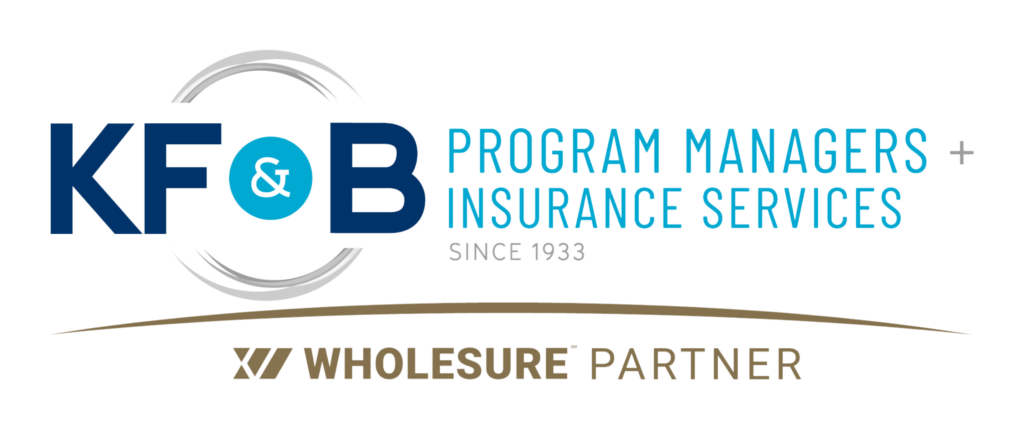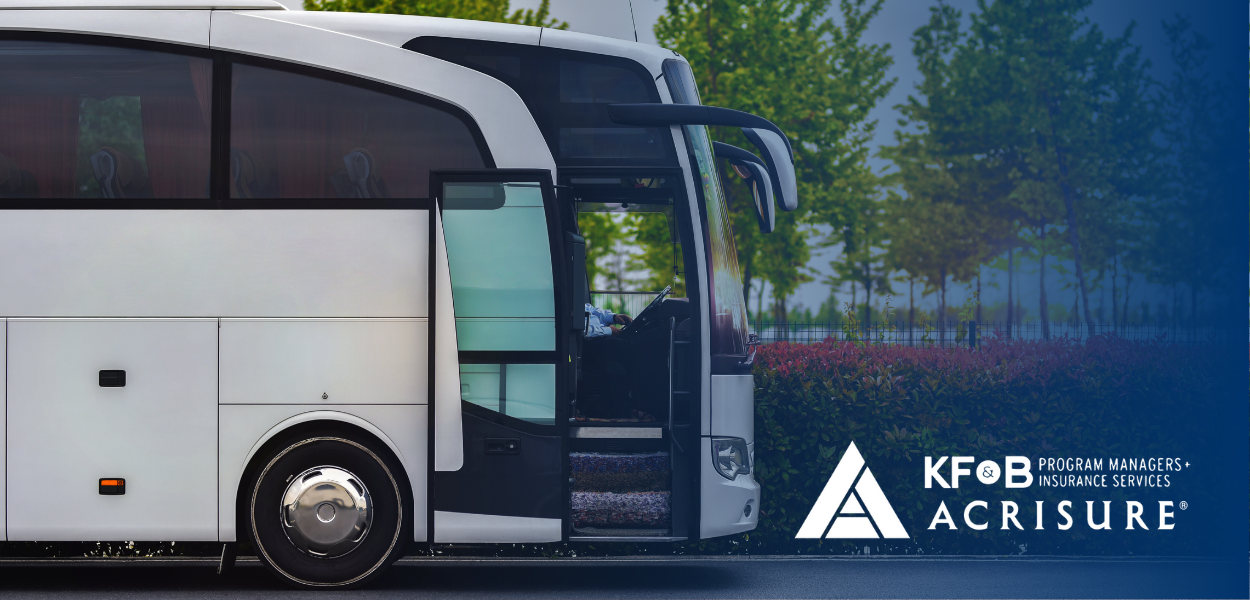The transportation of civilians is an essential service that many communities and companies provide. Bus systems serve a significant role in society such as public transport, getting kids to and from school, or recreational activities such as sightseeing. However, operating a bus system is far more intricate and calculated than one might imagine. In this blog, we will discuss how to make improvements to your bus system to increase overall efficiency.
Importance of an Optimized Bus System
According to the United States Census Bureau, around 46% of people take the bus to commute to work. Improving the efficiency of bus systems provides extended access to employment, community resources, medical care, and recreation that many people would otherwise lack.
Whether you operate charter buses, sightseeing tour buses, or anything in between, improving the accessibility and convenience of your bus systems will encourage more people to ride. Additionally, it can have beneficial environmental impacts such as reducing air pollution which in the long run reduces your costs.
Three Tips to Improve Efficiency
Simplify Bus Routes
Running a complicated bus system with branching routes helps cover more area, but decreases bus stop frequency and capacity. The following strategies can help simplify bus routes and create more efficient bus systems:
- Break down longer routes: To create more adaptable bus routes, use shorter routes and connect the ends in transit hubs.
- Reduce unnecessary stops: Utilize metrics to determine the most efficient bus stops. Eliminate inefficient stops and figure out where most of your passengers are located.
- Avoid branching: When possible, it’s recommended to avoid system branching. Limiting branching will make bus schedules easier to remember and even out busload throughout the day.
Making these improvements to your bus routes will help ensure that your daily operations flow smoothly.
Make Buses and Stops More Accessible
Accessibility is one of the driving factors in the usability of a bus service. Some common issues include a lack of wheelchair-accessible curb ramps and bus entrances as well as difficult street crossings.
Such problems limit your bus system’s accessibility to people with disabilities. Luckily, there are solutions that can help. Implementing aids for the visually impaired on the sidewalks and bus stops allows your system to be inclusive to a wider variety of guests.
Also, adding ramps and lifts to allow easier access to buses can help increase boardings. If you own and operate tour buses, ensure that there is a section for wheelchairs and that they have an equal viewing opportunity as other passengers do.
Take Good Care of Your Fleet
An efficient bus system can only work if the vehicles stay in operation. If a bus breaks down or needs lengthy maintenance, that means there are fewer available vehicles for passengers to enjoy. That’s why it’s of the utmost importance to ensure you take good care of your fleet.
Proper bus maintenance includes scheduling regular inspections with a professional, requiring daily inspections of the interior and exterior of your vehicles, keeping essential parts in stock, and taking care of maintenance issues the second they pop up. Ensuring that your fleet is well maintained, cleaned, and serviced will limit downtime and keep operations running efficiently.
Ensure Smooth Operations With KF&B
The responsibilities that come with operating and maintaining a fleet of buses are extensive. One such responsibility is ensuring that all your vehicles and drivers are protected with the proper insurance. To help out business owners in the transportation industry, our team at KF&B Insurance is dedicated to simplifying the insurance process. We are experts in the transportation industry with years of experience and can help you fulfill all your insurance needs. Please contact us today to explore your options and see how we can be of service to you.




